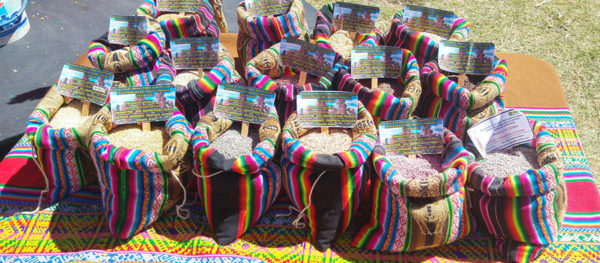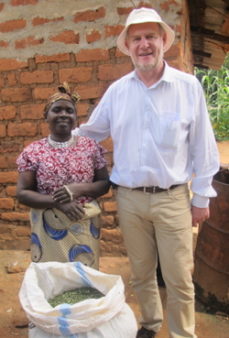Tag: bioversity international

We Need to Put More Biodiversity on the Sustainable Development Menu
Global: DG of Bioversity International on why biodiversity matters for nutrition, economies & sustainable development.
Read MoreLouis Malassis Prize Shortlist: The Story Behind the Science of Dr. Emile Frison
Africa & Middle East: Read about Dr. Emile Frison, whose work promoting agricultural biodiversity has seen him nominated for the Louis Malassis International Scientific Award for Outstanding Career.
Read MoreBringing Biodiversity into the Green Revolution Equation
: Our guest author, M. Ann Tutwiler, is Director General of Bioversity International. In this guest post, she discusses how private-public partnerships can contribute to better agricultural biodiversity, a topic she will discuss further as a keynote speaker at the 82nd Annual Conference of the International Fertilizer Industry Association in Sydney, Australia on 26-28 May 2014. […]
Read More


